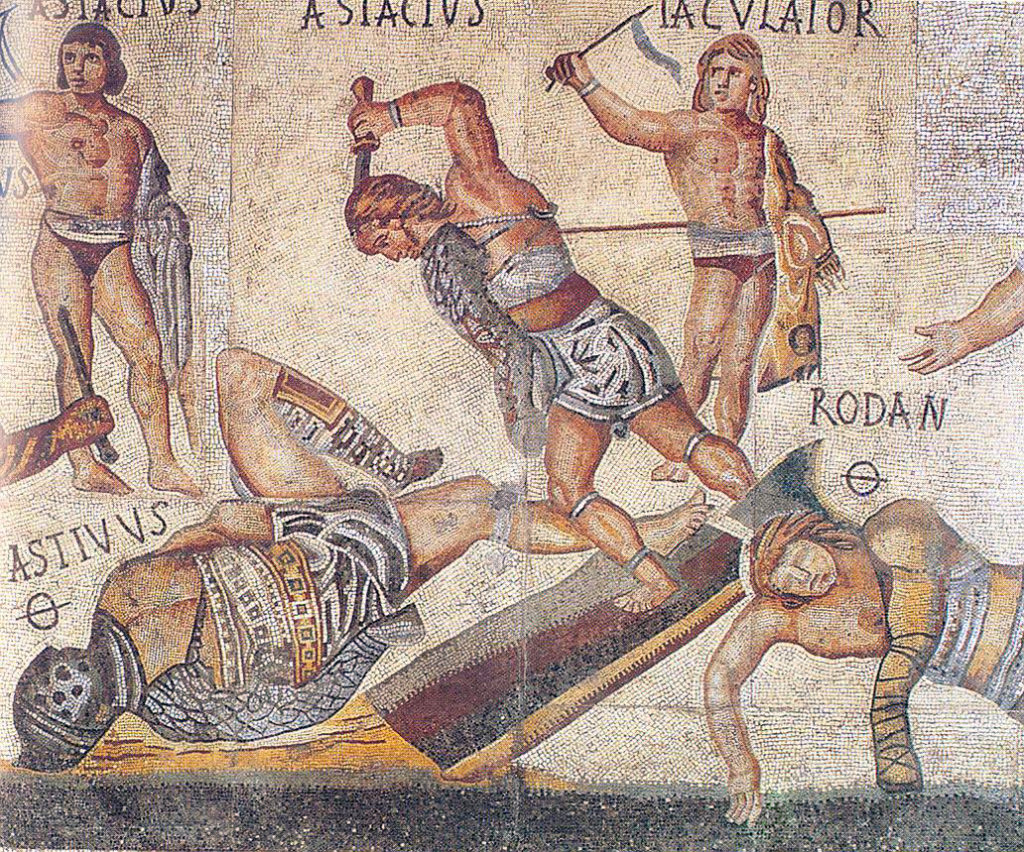History is full of odd customs and practices that have not withstood the passage of time as a result of cultural and scientific advancements.
One such practice revolved around the recycling of urine in Ancient Rome. Nowadays, human waste is recognized as a source of disease and is whisked away at the moment it is expelled, but thousands of years ago some Romans used to drink urine as a way to combat disease.
This was one of many purposes that Romans found for urine. It proved itself to be incredibly useful to Romans who recycled pools of it for cleaning, clothing production, and medical purposes.

What Use was Urine?
Romans used urine for myriad purposes because of the diluted amount of ammonia found within the human waste.
As urine ages, its chemical composition devolves into creating ammonia, a chemical commonly used in cleaning products today because of its acidic nature. In Ancient Rome, ammonia from urine helped to soften clothing materials, treat medical conditions, assist with personal hygiene, and like the modern-day, act as a cleaning agent.
A solution that is over 35% ammonia is corrosive to tissue and metal, but creating a solution with a smaller percentage of ammonia is generally more useful.
While a diluted solution does not fully corrode or destroy what it is applied to in the same way that a stronger ammonia solution will, it does soften the material, assisting in cleaning or making an object more malleable.
Urine’s Role in Crafting Clothing
Roman clothing was crafted from various animal pelts and hair and dyed with natural products. Roman tanneries would use a mixture of water and urine to soften strips of leather, making it more malleable and thus easier to manipulate into different shapes.
Roman leather was renowned for its quality and was used by everyone. Foot soldiers used it for armor and to piece together their military equipment, while the average citizen all the way up to senators would use the leather for their shoes. Similarly, sheep’s wool that was used for crafting tunics and other clothing was also soaked in urine, which helped to soften the material before it was woven into threads.
Once the clothes were made, aged urine acted as the perfect binding agent to ensure that dye would remain for a longer time. The Roman method was so successful that urine continued to be used by tanners and tailors for hundreds of years.
Urine as a Cleaning Product
Another common use for urine in Ancient Rome was as a cleaning material. Urinals were located around the city on various streets and citizens were encouraged to relieve themselves in the collecting pools to gather large portions of urine.
The pools of urine would be gathered to wash laundry in, as the ammonia would help loosen any grime in the clothing, and then washers would stomp on the clothing to shake off the dirt in a similar method to modern washing machines.
The ammonia solution would then also be used to clean Roman streets and walls. In this way, keeping cities clean was a citizen’s basic duty through the recycling of their human waste.
Medical Uses for Urine
Urine also held medicinal use in the Roman world, being used as a disinfectant centuries before germ theory was developed as a scientific and medical theory.
Romans would use urine to clean out wounds, unknowingly utilizing the ammonia to kill any bacteria present in the injury and protect the wounded from developing further medical issues.
It is astounding that through trial and error, Romans discovered a basic concept of modern medicine, albeit through disgusting means. In the same vein, urine was also used for addressing skin diseases such as bad acne, similarly eliminating the natural oils in people’s skin the way that it did for leather or wool to make their skin clearer and smoother.
Disgusting Uses for Urine
Shockingly, urine was also swished in people’s mouths as a way to cure toothaches and sore throats, while some Roman doctors even suggested that drinking urine could cure various diseases.
This was likely an extension of their experience with using ammonia as a way to stave off infection, although it is difficult to imagine the mental fortitude necessary to drink urine, even to solve medical issues.
There are some historians who debate whether or not Romans used urine for activities such as brushing their teeth, which society would deem disgusting today. Dr. Michael Bishop has argued that the practice was not Roman in origin, but rather Celtiberan and that any Roman caught using urine to clean their teeth would be ridiculed.
The uses for urine were varied and broad, spawning a massive economy across Rome. The demand for urine in various industries became so high that Emperor Nero enforced the first tax regulating the trade of urine.
But it was Emperor Vespasian who became popular for introducing a sweeping tax that controlled how urine was collected from public urinals that he funded. While he did not care for urine specifically, Vespasian loved taxation and is famous for taunting his son who complained about the urine by saying that money is money regardless of where it comes from.
Urine was an incredibly useful tool in Ancient Rome. From creating clothing to cleaning the cities to addressing personal medical issues, the ammonia that resulted from aging pools of urine helped to maintain a functional society. In a society that lacked a substantial sewage system for centuries, recycling urine was an incredibly efficient way to handle human waste.
But drinking urine willingly is a practice that is better off remaining in the ancient world.

